From the Desk of the Artist’s Office:
I'm writing to you from the Ucross Foundation in Wyoming where I am attending a three-week Artist Residency. In the past two years alone, I've applied to 15 residencies, and this is the first one I've been accepted to (ever) through an open call process. I’ve been joking for years that some day I will crack the code on artist residencies and the day is finally here!
In truth, I don’t have all the answers but I have gained some insights from conversations with other residents and Ucross staff.
If you are lucky enough to be on my very short list of "people I call”, you will occasionally receive exasperated phone calls from me after I've talked with Joe. He is one of the artists I have been working with since the early days of The Artist's Office. Joe is a challenge to work with...in a good way, because he rejects many of the things I understand as givens in the art world.
Summer is here, and this is my absolute, mostest favorite time of year. I love the sun. The heat. The long days. It's the one season each year when reggae doesn't cause me acid reflux and going barefoot feels imperative. Dolphin Girl Summer with Y2K beach vibes is here, and this should be my year.
But I'm struggling with some difficult things (aren't we all), and this summer is not feeling the greatest. There are so many problems it's like a choose-your-own-adventure of economic crises, geo-political angst, and trying to get through the day without crying. It could just be me, but I think I'm reading the room accurately.
I try to keep it under wraps, but those close to me know that I easily stumble down rabbit holes. I have very niche curiosities and sometimes hours (let's be honest, weeks) of my life get sucked into the vacuum cleaner of obscure interests like wallpaper provenance or Cloisonism. I've been drifting around in a few of these black holes recently and was looking for a podcast on the artist Henri de Toulouse-Lautrec.
Knowing that I was feeding my addiction (ahem) researching my rabbit hole, you can imagine my delight at finding a podcast that is simpatico with my research habits
When my partner, Matt, was in his twenties he wanted to become a published writer. He had a friend—Mo—with the same goals and they supported each other and made introductions to editors and publishers for one another.
Mo started writing short filler articles for the Chicago Reader—the free weekly paper in Chicago where they both lived. After paying his dues, Mo was offered a feature article. This was a big deal.
I am gathering data - stories, experience, statistics - to understand how artist grants function and if they are succeeding. Are they truly helping artists? Is the practice hurting artists by wasting their time and resources that could be put towards their studio work?
As a grant writer who talks in depth with artists about their work and ambitions, I know that there is an abundance of skilled, thoughtful, innovative artists making work that is nuanced and significant for our time as well as those that are ahead of their time. The reason most artists don't receive grants is because there is not enough funding, not enough grants.Some of our frustration with the process comes when granting decisions don't seem to make sense to us. We each have our own notions about what qualifies an artist to get a grant.
Most jurying processes (from what I hear) genuinely attempt to award deserving artists. They are not cavalier about who they give money to and are thoughtful and do their best with an impossible choice. The reality is that there are not enough grants to go around to all the deserving artists.
Some of our frustration with the process comes when granting decisions don't seem to make sense to us. We each have our own notions about what qualifies an artist to get a grant.
Around the world, countries have demonstrated with dollars that they value their artists. Canada has minimum wage guidelines for artist fees for things like exhibitions, Australia has the most artist prizes per capita in the world, in Ireland an artist is exempt from paying income tax if their income is €50,000 or less a year, artists in Norway receive stipends, and more than 80 countries offer Resale Royalties for artists.
Since the beginning days of our nation, many people in government have recognized that the arts have value (for enhancing our country's cultural capital, for quality of life, or to make money). They have sought to benefit as a nation from artists and the culture they enhance. This has raised questions of how to fund the arts and who gets the money.
It can be so difficult to remember that the process of making art is a pretty magical thing. I forget because I'm inundated with documentation of completed works or success stories once the artwork is out in the world from press announcements and social media. Rarely (if ever) do I see tracings of the process of making an artwork from inception to completion, which is where some of the juiciest stuff happens.
An artist friend recently recommended a podcast episode of the Ezra Klein show where he speaks with Adam Moss, a former editor of New York Magazine and the New York Times Magazine. The episode "This Conversation Made Me a Sharper Editor" is definitely worth a listen and prompted me to immediately order a copy of Moss's new book The Work of Art: How Something Comes From Nothing. It describes how artists (and composers, poets, chefs, comedians, etc.) develop their ideas and it's like chicken soup for my artist soul.
In late 2008 I moved to Chicago. If you can remember that far back, it was when the mortgage crisis became an economic avalanche and a lot of people were caught in the fallout, including me. I was incredibly poor, working two part-time jobs and one volunteer job that I hoped would help my career, all while trying to paint and be a real artist.
One of my part-time jobs involved a 50-minute commute (layers on, walking, freezing, train, sweating, walking, Chicago winters, yuck) to sit for four hours and then commute back home. I filled those hours learning how to support my studio practice from a desk and computer - getting organized, making spreadsheets and calendars with all my unused admin skills. I used the internet to trace the careers of every artist I came across through their website and CV to figure out how to mimic their trajectories.
One artist I had met recently made work that I didn't think was that strong; it was a bit amateur. I was perusing her website and CV and came across information smacked me across the cheek like a wet fish in a cartoon: she had received a grant.
In late 2008 I moved to Chicago. If you can remember that far back, it was when the mortgage crisis became an economic avalanche and a lot of people were caught in the fallout, including me. I was incredibly poor, working two part-time jobs and one volunteer job that I hoped would help my career, all while trying to paint and be a real artist.
One of my part-time jobs involved a 50-minute commute (layers on, walking, freezing, train, sweating, walking, Chicago winters, yuck) to sit for four hours and then commute back home. I filled those hours learning how to support my studio practice from a desk and computer - getting organized, making spreadsheets and calendars with all my unused admin skills. I used the internet to trace the careers of every artist I came across through their website and CV to figure out how to mimic their trajectories.
One artist I had met recently made work that I didn't think was that strong; it was a bit amateur. I was perusing her website and CV and came across information smacked me across the cheek like a wet fish in a cartoon: she had received a grant.
The art world is not fair. It is flawed in so many ways. When I started The Artist's Office, I understood that the systems I was inviting artists to participate in were flawed. Open calls, grants, networking, pursuing "opportunities"—these are all a part of a faulty system that suggests career benchmarks that do not have equitable pathways for reaching them.
As I wrote my last email about trying to understand rejection through the Dead Eyes podcast, I was also reading a book on French artist Rosa Bonheur (1825-1899). It is a great book, one I picked up at a used bookstore and is written by Dore Ashton and Denise Browne Hare. Three powerhouse women in one book: Yes, please. It also helped me to see why some artists succeed, and some never seem to take off. Let me explain.
I've been binge-listening to a podcast that is all about dealing with rejection. It's about being chosen, and then being told, "Oops, we made a mistake! You are not the right fit." It’s also about receiving vague feedback about what's wrong with you and then having to deal with that knowledge and figure out what it means.
I have found that there is no one pathway, and no guaranteed steps to follow for success (and no single picture of what that even is.) The art world is a puzzle each of us have to figure out with different possibilities, timetables, and outcomes. But I have arrived at a way of thinking that acknowledges this variability while helping me feel that is not all completely arbitrary. It's a simple equation: opportunity plus effort equals results.
Since 2019, the Subscription has grown from being limited to Los Angeles artists to becoming available to artists across the US. The first year I sent around 30 grant and monetary award deadlines, and this past year will reach 50 deadlines. These are all chances for you to get some money in support of your practice, and many of these deadlines offer other career benefits such as publications, mentorship, jurors who will become familiar with your work, exhibitions, and prestige.
I had a studio visit recently with a director from a mid-tier gallery whose radar I've been trying to get on for years. During the visit, the director said she was so surprised that she never heard of me! That both she and the other director loved my work but were both wondering who I was as if I'd been hiding under a rock. While it was a nice compliment (in a way) it was also baffling after years of showing up at the gallery, signing the guest book, chatting with the person behind the desk, and not unsolicitedly submitting my work.
My partner and I are both taking some wild steps for our happiness this year in our careers, and are calling 2022 our "year of risk". We have agreed that no matter the outcome, we are going to throw caution to the wind and pursue the things we want in life.
Artist Statements are one of the most common tools artists use to help others gain insight into their work. They are often a requirement for various opportunities for artists, and can also be useful for gaining confidence in articulating what you make and why you make it. For many artists, their statement is an incredibly difficult piece of text to wrangle.
In this clinic, artists will learn about what makes an effective artist statement including methods of communicating ideas and describing artwork. The bulk of the workshop will then be spent workshopping each participant’s existing statement through group assessment and discussion.
In 1971, The Artist’s Reserved Rights Transfer and Sale Agreement (the “Artist’s Contract”) was created by Curator Seth Siegelaub and Attorney Robert Projansky. It was created and then distributed in poster form as a tool for artists to protect their rights once their work has been sold. One concern addressed in the Artist’s Contract was artists’ rights to share in the increased resale value of their works. Many of the other terms of this contract were radical for their time, and remain so today. Some things have also changed in the art world; new methodologies have developed.
As the 50th anniversary of The Artist’s Contract approaches it is time to update this contract for today’s reality.
From Artnet:
Each week, we search for the most exciting and thought-provoking shows, screenings, and events. In light of the global health crisis, we are currently highlighting events and digitally, as well as in-person exhibitions open in the New York area. See our picks from around the world below. (Times are all EST unless otherwise noted.)
In this series of conversations, we will discuss the role of self-determination and the potential of expanded models for a sustainable, resilient career in contemporary art. We will be talking with practitioners who have established plural practices that include entrepreneurial endeavors, nonprofit work, and community organizing alongside their artwork. Artist guests include: Eva Aguila (co-founder of Coaxial Arts Foundation), Debra Scacco (founder of AIR at LACI), Devon Tsuno (activist), Mandy Harris Williams (Programming Director at Women’s Center for Creative Work), and Bari Ziperstein (founder of BZippy & Co.).
I am pleased to be working with Maiden LA to offer a free pitch workshop for those who would like to participate in the upcoming LA County-wide survey and get some feedback on their idea for a "happening" before submitting to the Open Call.
This two-part series led by artist, writer, and independent curator Virginia Broersma, will cover the fundamentals that emerging visual artists need to know in order to present themselves professionally and competitively for career-expanding opportunities.
This workshop will first offer a nuts-and-bolts overview about building and maintaining a professional artist CV. But what I am most excited to offer is a way of thinking about your CV - as a tool or a roadmap - and as something that can help you plan actionable steps for progressing your art practice / career.
During the COVID-19 crisis, I am offering sliding scale support for Visual Artist Emergency Relief Grant applications. This includes proofreading and editing statements, formatting and editing CVs, reviewing draft applications to confirm they follow all guidelines and help with other requirements, as-needed.
If you or someone you know need help with assembling and completing emergency grant applications, please reach out. I am offering this service at a sliding scale, please do not let lack of funds deter you from reaching out.
So many artists I know struggle with knowing how to get involved, how to network and how to get visibility within the amorphous art world.
Getting your work noticed on Instagram amidst the never-ending stream of images, or setting yourself apart from the masses of other people at art events can be tiresome at best and you can feel like you’re having to fight your way into a world that should be welcoming you with open arms.
I always fall back on the idea that it’s better to try to shape the art world into the one you want to participate in as opposed to trying to squeeze into something that isn’t the right fit.





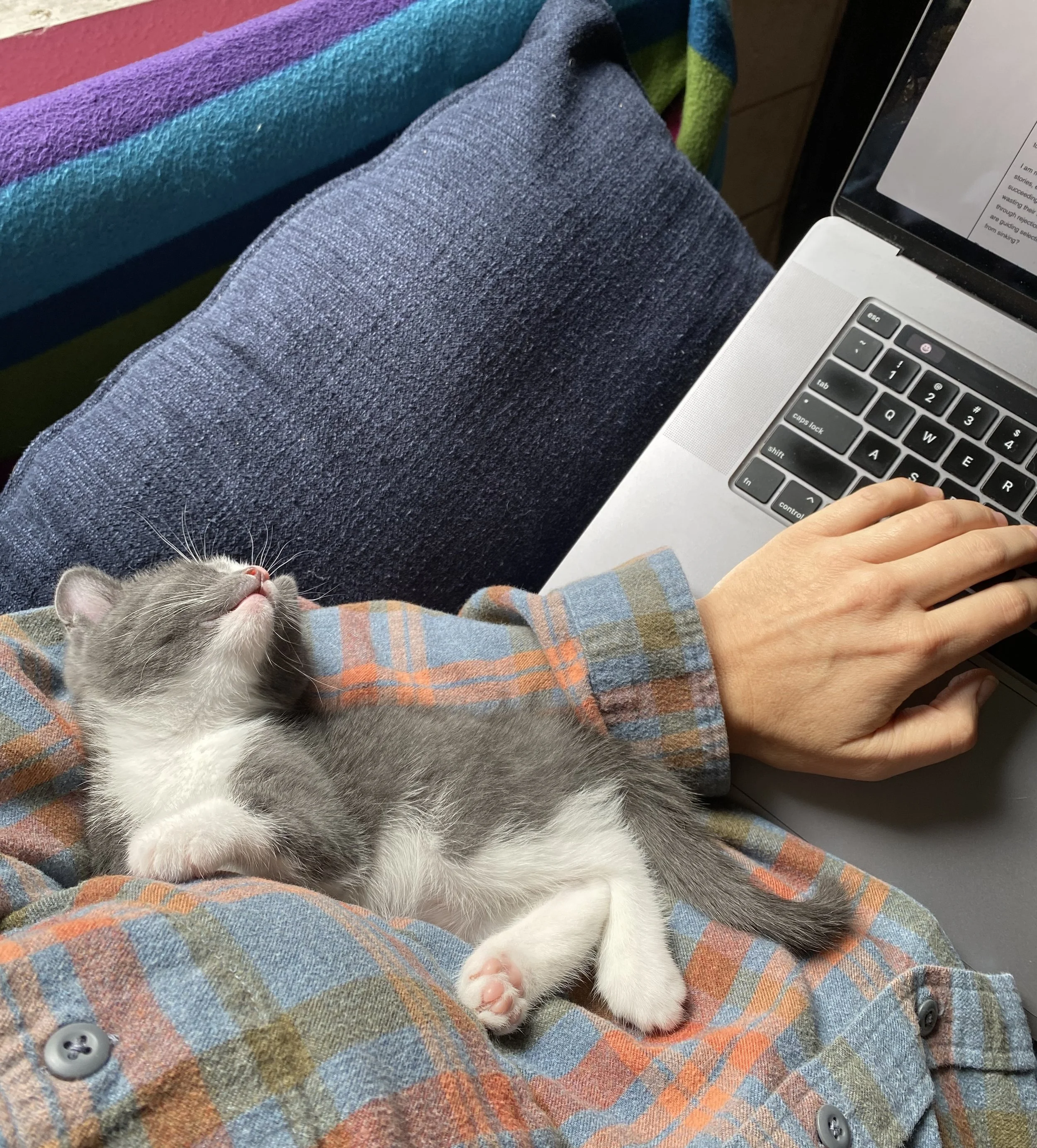



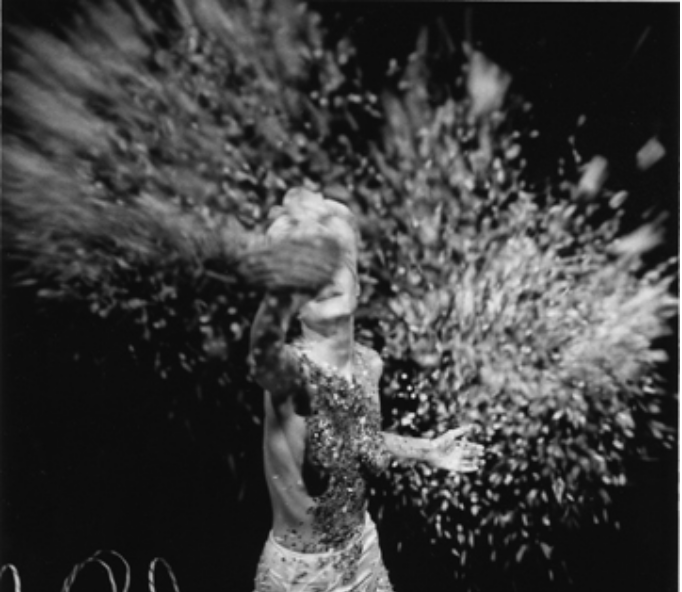

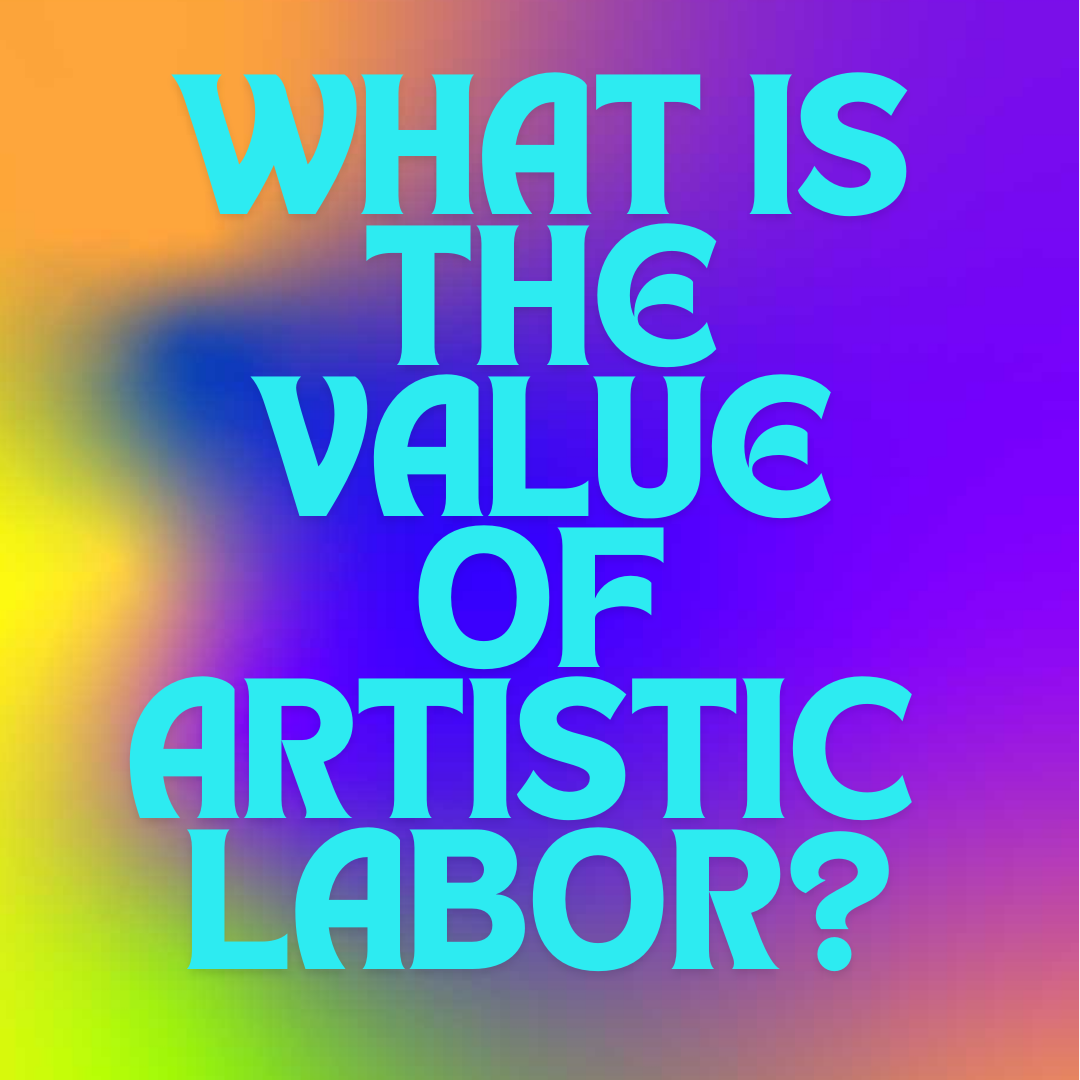











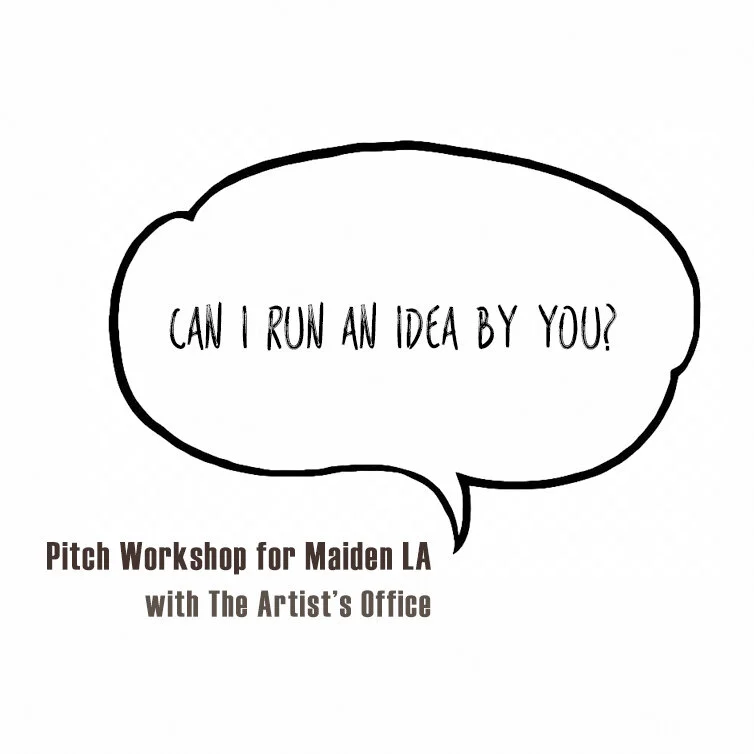
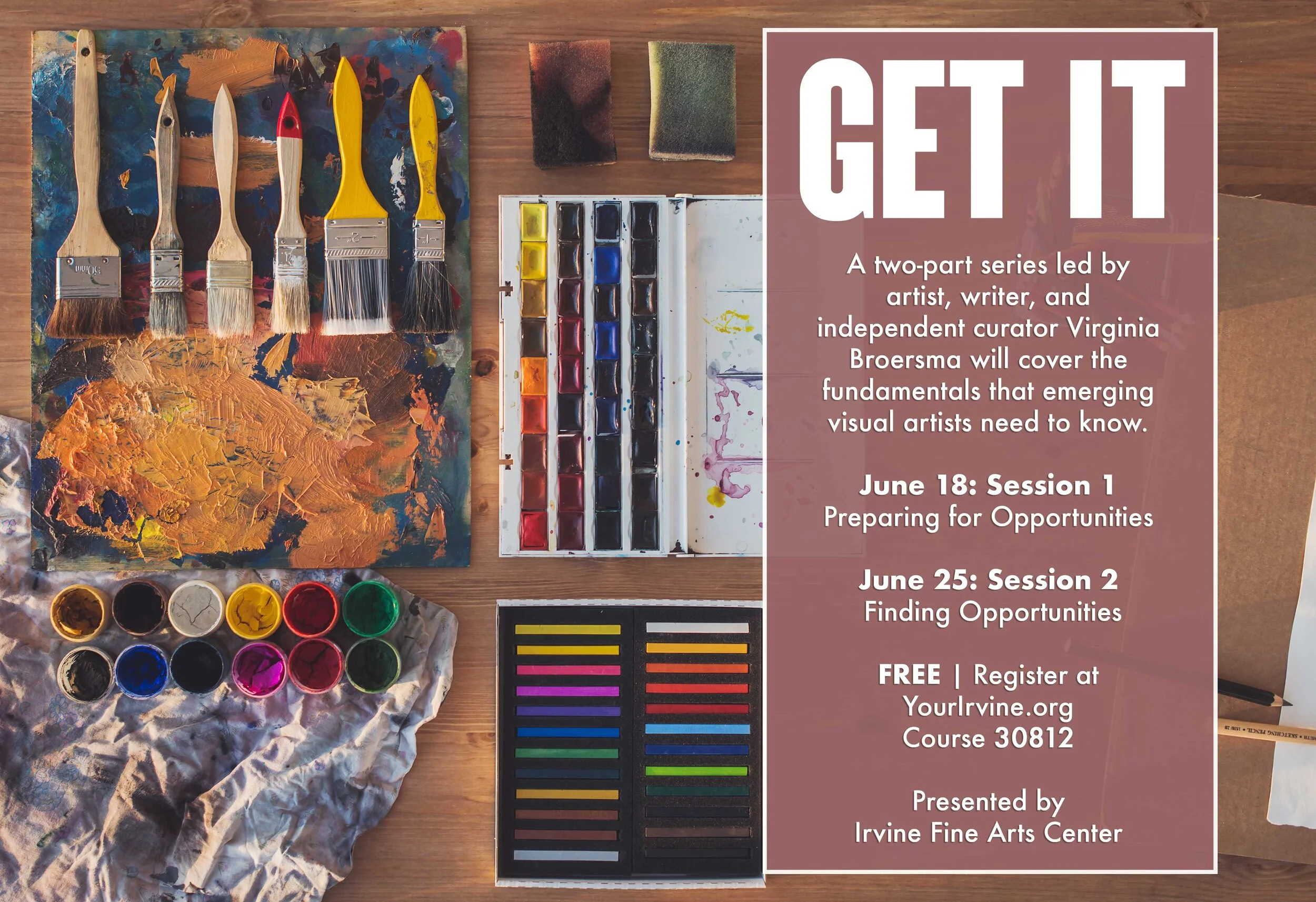

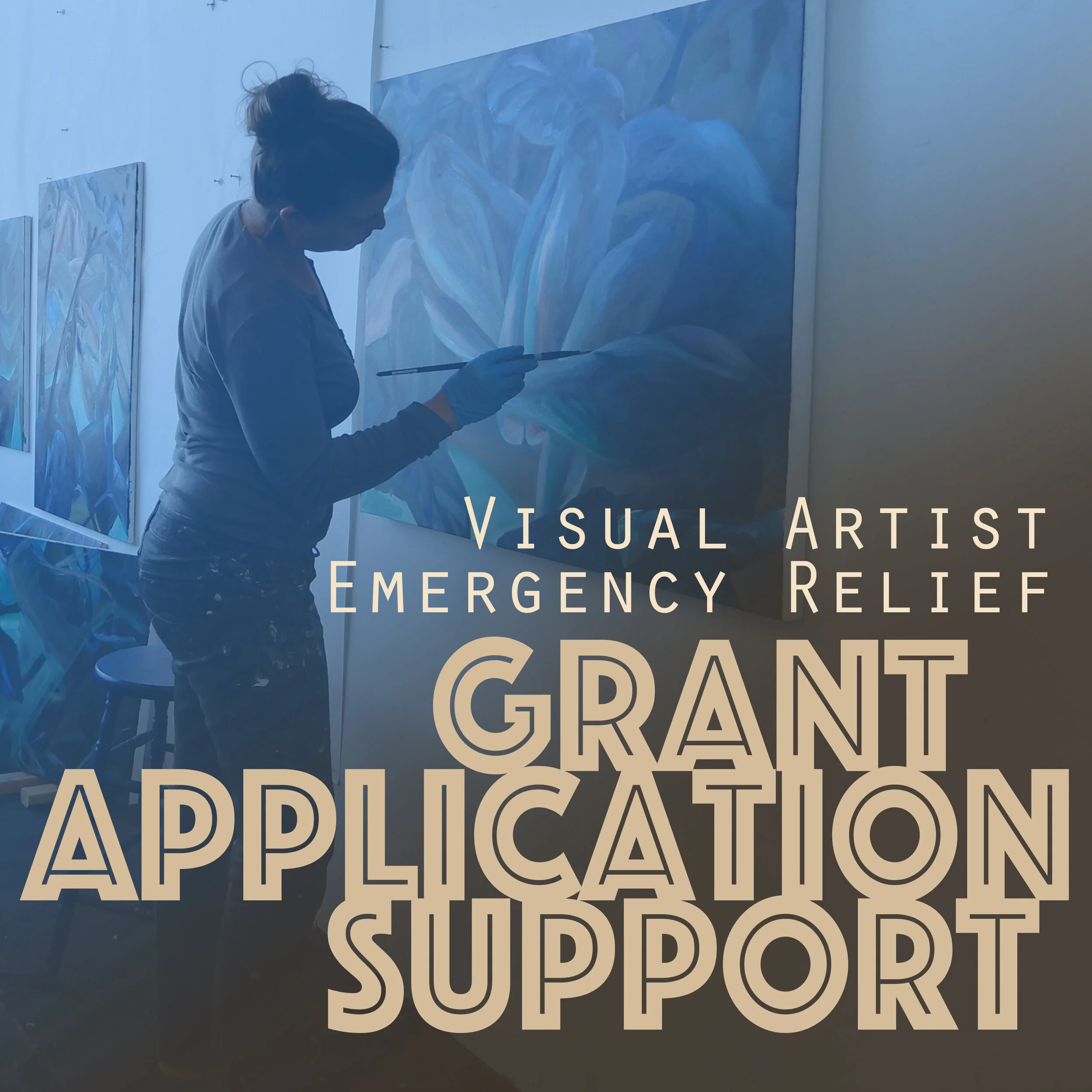

Taking action is a one of the most reliable methods for moving forward, and (for what it’s worth) as my partner tells me every time I’m intimidated about taking a step forward: You miss 100% of the shots you don’t take.